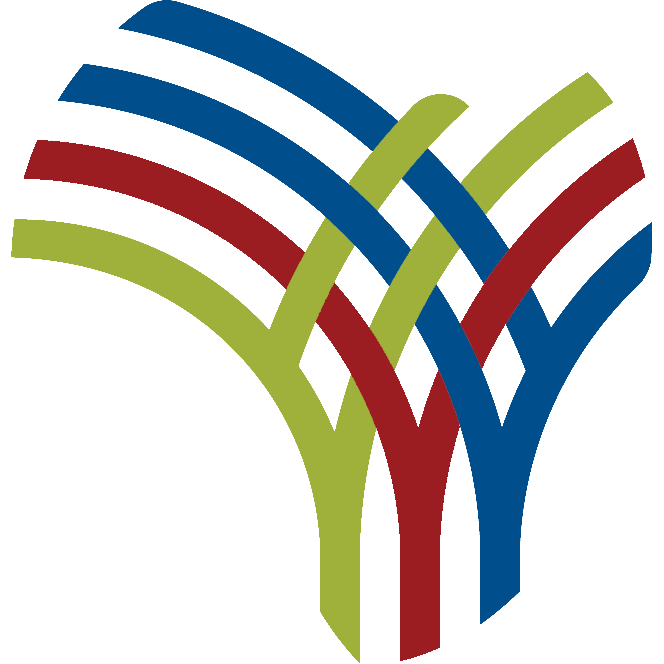The Grand Ethiopian Renaissance Dam (GERD) is more than concrete, steel, and water– it is a symbol of Africa’s renewal and a tangible step toward a more interconnected and cooperative future for the Nile Basin and East Africa.
Rising proudly on the Blue Nile, GERD embodies Ethiopia’s resolve to harness its natural resources for the benefit of its people and the region at large. Its story is not only about generating electricity; it is about forging bonds, strengthening economies, and cultivating a shared destiny.
From its inception, GERD was envisioned as a transformative project capable of lifting millions out of energy poverty. Electricity, after all, is not a luxury–it is the backbone of industrialization, education, healthcare, and modern livelihoods. For Ethiopia, GERD represents energy sovereignty, ensuring that our development trajectory is no longer hindered by power shortages or dependence on costly imports. But this journey is not Ethiopia’s alone.
Ethiopia exports electricity to the neighboring nations and future plans envision reaching more neighbors across the continent. This is where GERD’s role in regional integration comes into sharp focus: reliable, affordable power is the lifeblood of economic cooperation. By supplying energy beyond our borders, Ethiopia is not merely selling a commodity–it is creating a network of interdependence, where prosperity in one country fuels growth in another.
This interconnectedness fosters trust and mutual benefit. When factories in Khartoum hum with machinery powered by Ethiopian electricity, when Kenyan homes light up with renewable energy from the Blue Nile, we are building more than an energy grid– we are building a community of shared interests. Such tangible cooperation aligns perfectly with Ethiopia’s foreign policy principle of “growing together,” a vision that sees neighbors not as competitors for limited resources, but as partners in collective advancement.
Importantly, GERD is also an environmental asset. By regulating seasonal floods and storing water during high-flow periods, the dam helps stabilize ecosystems downstream. Managed responsibly, its reservoir can transform barren lands into fertile, green zones and protect biodiversity. This ecological stewardship benefits not just Ethiopia, but all Nile Basin countries that rely on the river’s delicate balance for agriculture and livelihoods.
The reality is that the Nile Basin is stronger when its countries are connected by infrastructure, trade, and trust. GERD has the potential to serve as a flagship project for continental integration under the African Union’s broader goals. In a global economy increasingly defined by competition for energy resources, Africa’s advantage lies in leveraging its abundant renewable potential–not in fragmented, isolated efforts, but in coordinated, cross-border development.
For Ethiopia, this moment carries deep national pride. GERD is a beacon of the African Renaissance, proof that African nations can dream big, finance big, and deliver big projects without relying entirely on external actors. For the region, it is a chance to reimagine relations not through disputes over water rights, but through collaboration that multiplies benefits for all.
The task ahead is to ensure that GERD’s power–both electrical and symbolic–is channeled wisely. That means maintaining transparent, science-based water management, investing in transmission lines that link our grids, and fostering dialogue that keeps cooperation alive.
In the years to come, as turbines spin and lights glow across cities and villages from Addis Ababa to Nairobi to Khartoum, the Grand Ethiopian Renaissance Dam will stand as a reminder: when Africa works together, the horizon is bright, and the current runs strong.


